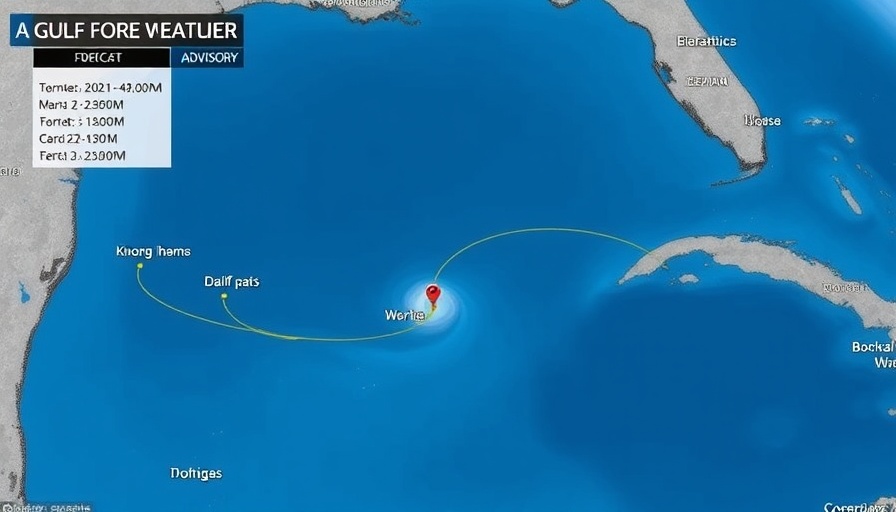
Understanding Tropical Depression 2: A Changing Climate
As Tropical Depression 2 emerges in the southern Gulf, weather experts are closely monitoring its trajectory, which is expected to lead it into Mexico. Chief meteorologist David Paul highlights that this weather system may bring rainfall to the region, particularly on Sunday and Monday. But what does this mean for our environment and evolving climate patterns?
Impact on Local Weather Patterns
Weather disturbances like Tropical Depression 2 can significantly affect local weather rhythms. As meteorologists warn, such systems often signify broader trends influenced by climate change. Increased moisture and warmer ocean temperatures have raised concerns about the intensity and frequency of tropical systems.
The Global Perspective: Rising Temperatures and Tropical Systems
With the backdrop of global warming, the capacity for tropical storms to reach hurricane strength is heightened. Experts assert that warmer waters fuel these systems, potentially leading to extreme weather events and increasing rainfall. As conditions change, the unpredictability of such systems becomes a critical point for residents and policymakers alike.
Practical Insights for Residents
Residents in areas potentially affected by Tropical Depression 2 should remain vigilant and prepared. Monitoring local forecasts, securing property, and having emergency kits ready are prudent steps to take. In addition to immediate preparations, staying informed on climate shifts can empower individuals and communities to adapt to changing weather patterns.
A Call for Action: Understanding Climate Vulnerability
As we brace for potential impacts from Tropical Depression 2, understanding the broader climate context is vital. Engaging in open conversations about climate change and advocating for sustainable practices can strengthen community resilience against these increasingly common disturbances. While weather is always a topic of immediate concern, ensuring that we understand and address its roots in climate change will shape our future.
Conclusion: Staying Informed and Engaged
As reports of Tropical Depression 2 unfold, it serves as a reminder of the critical intersection of severe weather and climate dynamics. By staying informed and engaged on these topics, individuals not only protect themselves but also contribute to a larger dialogue about our responsibility in a rapidly changing world.
 Add Row
Add Row  Add
Add 




Write A Comment